Until recently, significant recovery from the physical and mental losses inflicted by a stroke was thought to be limited to a matter of months following injury to the brain, using conventional physical and occupational therapy. Now patients supplementing this with novel treatments, including an innovative use of Botox and a variation on old-fashioned plaster casts, are demonstrating that aggressive long-term therapy can increase the likelihood of complete recovery after a stroke.
One such patient is art curator Meg Perlman, who not too long ago spontaneously applauded at a jazz concert, clapping her hands together for the first time in 19 months. This was another small triumph in her major recovery from a stroke that had initially paralyzed her left side.
Caused by a clot or a ruptured blood vessel in the brain, stroke is the leading cause of severe disability today. In the United States alone there are now some 5.4 million stroke survivors, with nearly one in three suffering from permanent disabilities.
“When I went to medical school, the prevailing view was that you lose nerve cells and that’s it, you’re not going to get better. We know now that’s not true. The brain is plastic. It can remodel itself,” said Dr. Steven Flanagan, associate professor of rehabilitation medicine at New York’s Mount Sinai School of Medicine, and the neurophysiatrist treating Perlman.
One recent study showed that therapy could benefit patients who had suffered a stroke more than a decade earlier.
“It’s not something magical that happens in the brain and everyone will recover,” he warns, “but the brain has a greater capacity to recoup from injury than we thought in the past.”
Dr. Steven R. Levine, professor of neurology at Mount Sinai School of Medicine, admits that medicine “still doesn’t know the underlying mechanisms in different phases of stroke recovery.”
Such understanding would make it possible to individualize treatments for most effective results. On the horizon, experiments in mice and some early human trials show promise for enhancing stroke rehab with stem cells, growth hormone, amphetamines, even Viagra.
“Not everyone will improve,” Levine said, “but you never say never and you never take away hope from people.”
Anatomy of a Recovery
Stricken at the young age of 53, physically fit and intellectually active, Perlman has been a prime candidate for total recovery. She’s come a long way since her stroke in August 2003 while vacationing in the south of France. When she awoke on what should have been another day in paradise, she was semiparalyzed and confused. Her husband, author Doug Garr, immediately understood what had happened.
“Her left side was immobile. The left side of her face was frozen,” he recalled. “I recognized it as a stroke because I had seen my father have a stroke two weeks before he died.”
Perlman spent two weeks in intensive care at one of France’s leading teaching hospitals, then was transferred to Mount Sinai’s brain injury rehabilitation unit for another six weeks. There, days filled with physical and occupational therapy helped her reprogram her nervous system to regain control over posture and movement on her left side, and to relearn vital everyday tasks.
Better known for cosmetic enhancement, Botox injections immobilize key muscles in stricken arms or legs, allowing physical therapy and exercise to extend range of motion and flexibility. Effects wear off, so the Botox is reinjected every three months for a year or more. In Perlman’s case, it was the second dose that allowed her left hand to flex out enough to applaud at a concert, after successful attempts during therapy sessions at home.
With research in rehabilitative medicine generally underfunded, doctors don’t have data from large clinical trials to properly assess new treatments. Often patients proceed by trial-and-error, sampling therapies from the exotic to the high-tech; Perlman has had mixed results with acupuncture and with an electrical muscle stimulation device called a NeuroMove.
Then again, low-tech plaster of Paris has proven extremely effective. Called “serial casting,” a monthslong treatment involves stretching affected muscles with a series of plaster casts on an arm or leg for weeks at a time, followed by physical therapy to secure gains in flexibility. Perlman’s latest leg cast had just come off when she was able to stretch the toes on her left foot out and wear a shoe.
By all her therapists’ accounts, Perlman has shown exceptional resolve in fighting the fatigue, discomfort and frustration that are part of stroke recovery.
She has also had to battle the severe depression that a stroke leaves in its wake.
Flanagan observes that depression should be treated early and aggressively in stroke patients.
“We know that happy patients do better in rehab than sad patients,” he says. “We have to help them get the most out of their time in therapy.”
Fuller recovery from stroke takes a loyal, experienced team of therapists. With them, Perlman still keeps up a rigorous schedule of five physical therapy and two occupational therapy sessions a week at home.
“I expect to be 100 percent back,” she said. “I won’t stop until I am.”
She’s thankful for her “wonderful personal team,” including the friends and clients who rallied to her side after she was stricken.
Also appreciated: an occasional boost from strangers.
“I was walking to a restaurant with my cane. A short, Russian-looking man came up to me and said: ‘Did you have a stroke?’ I said ‘yes.’ He jumped up in the air and said: ‘So did I and look at me!'”
Steve Ditlea writes for the New York Daily News.






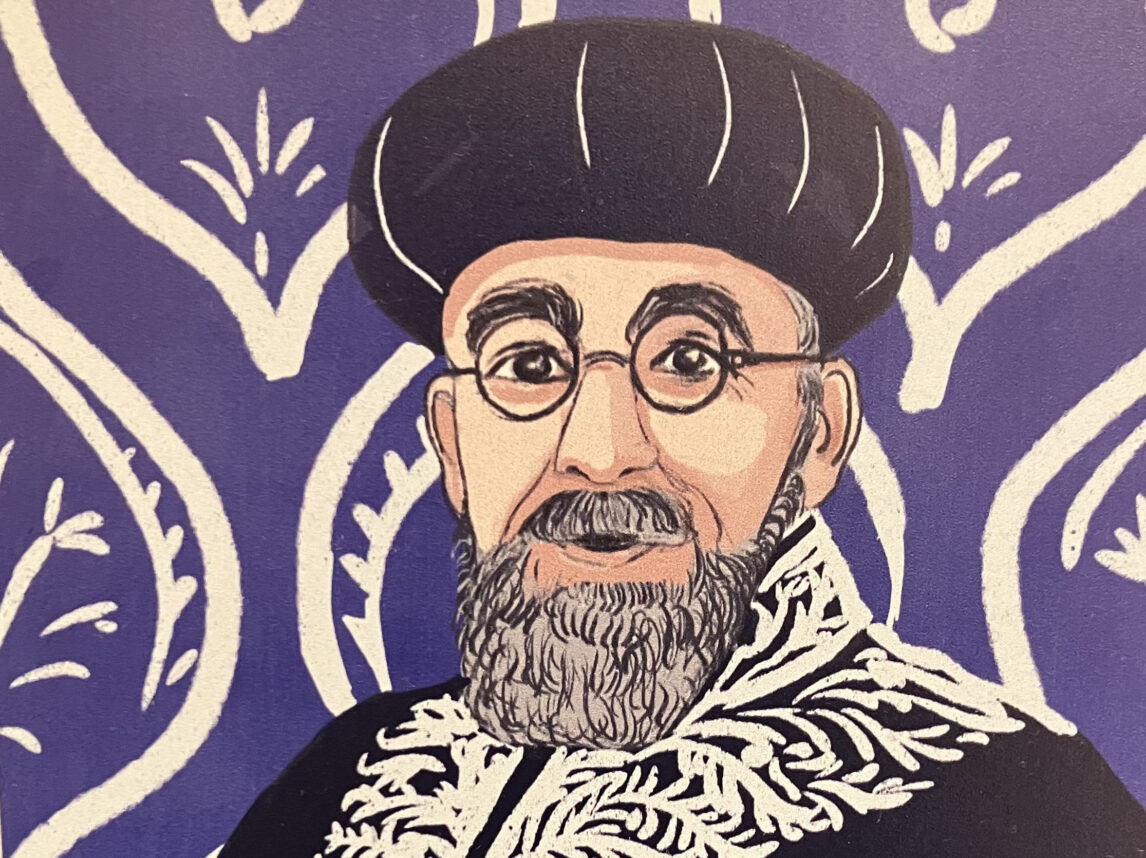
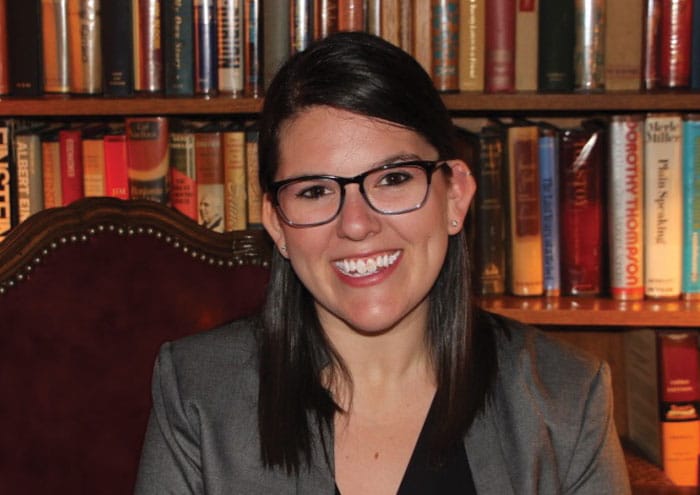
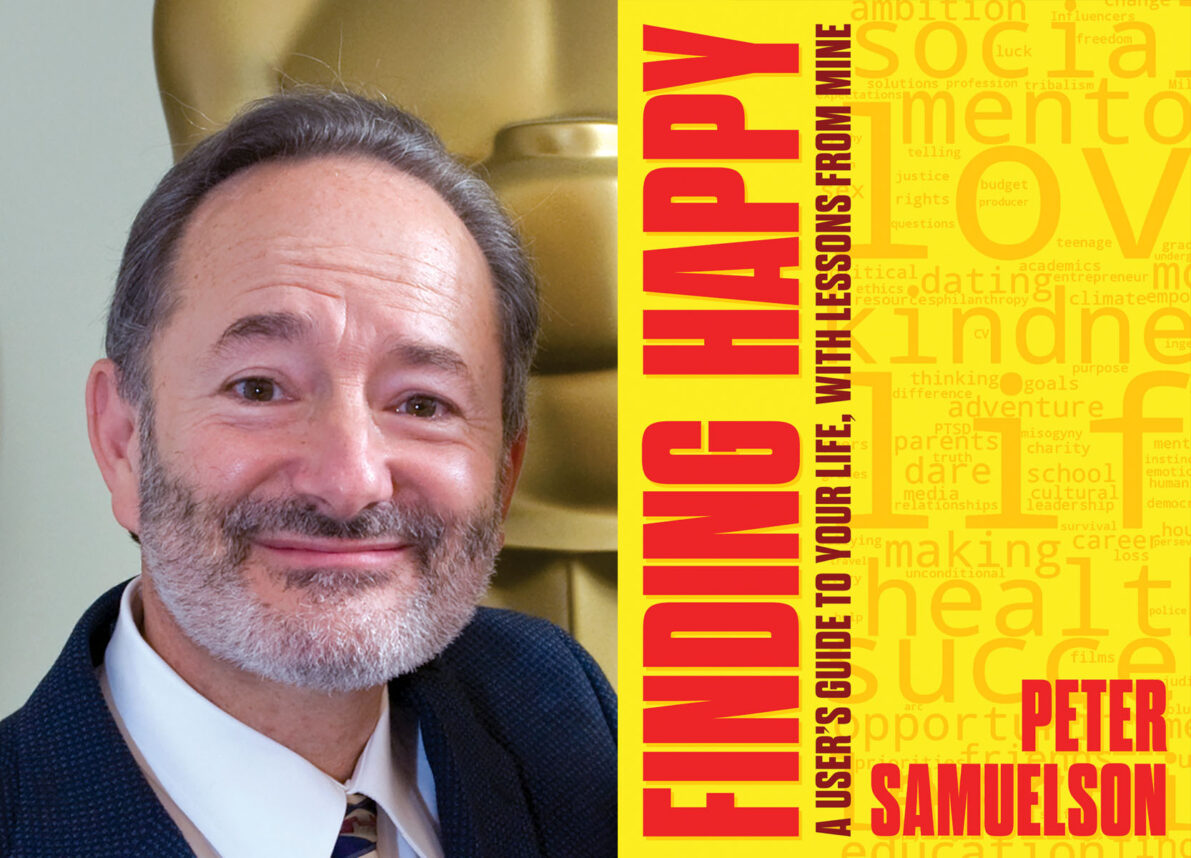


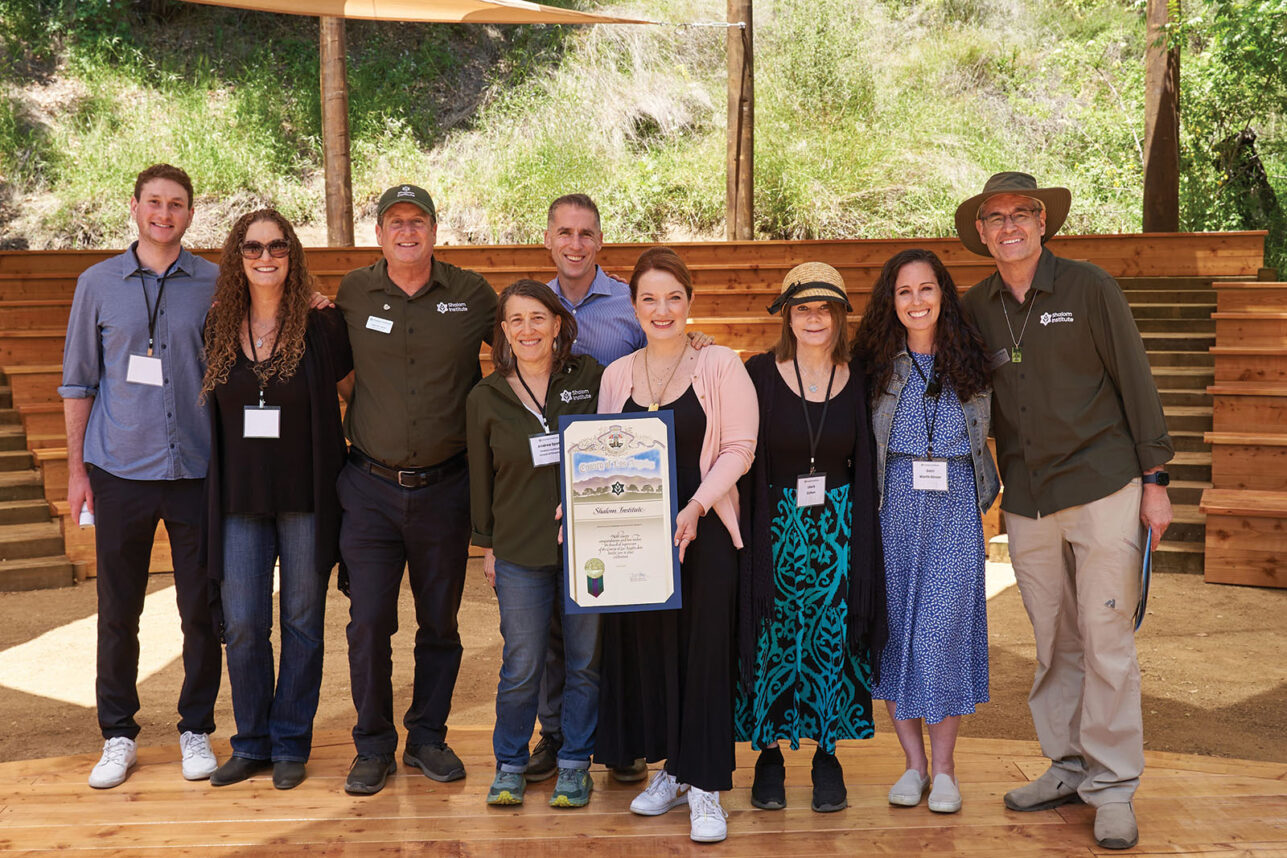


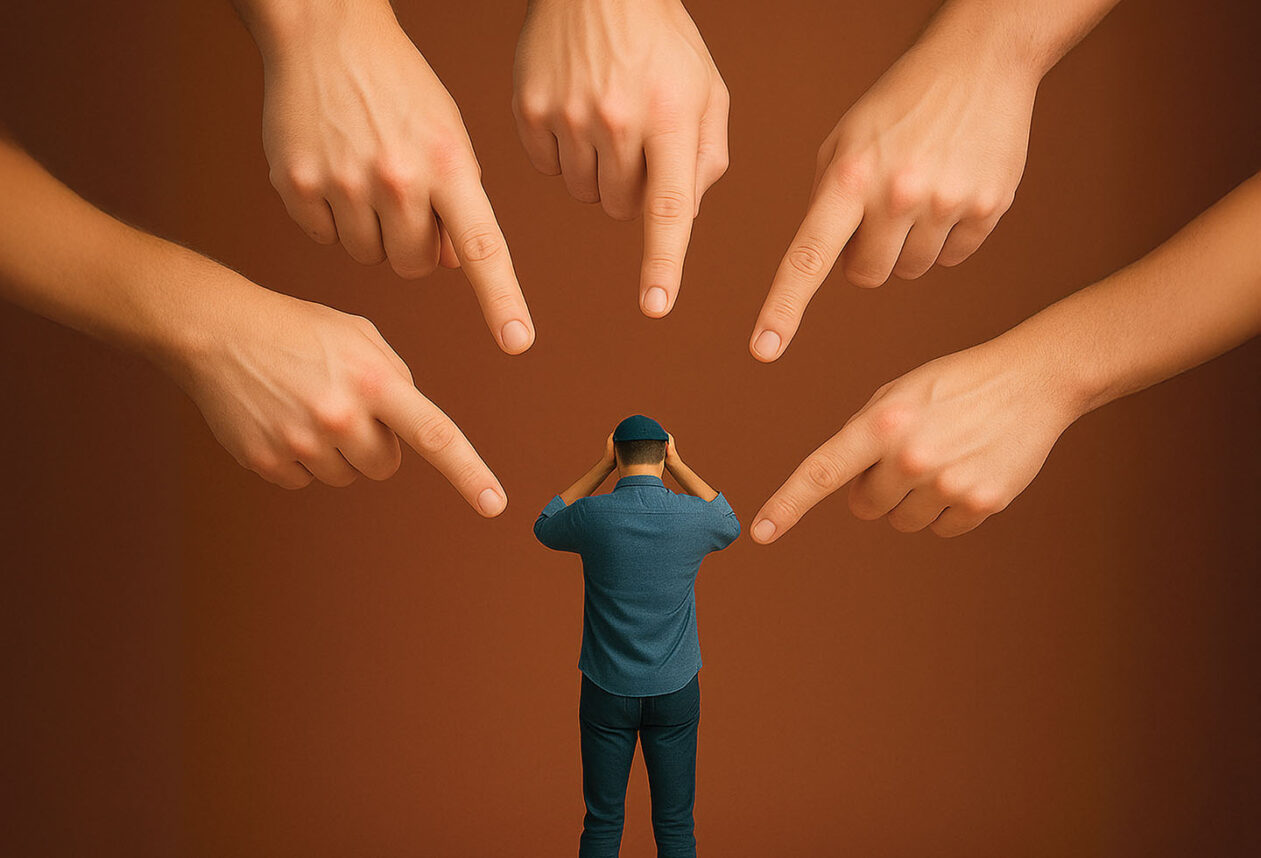






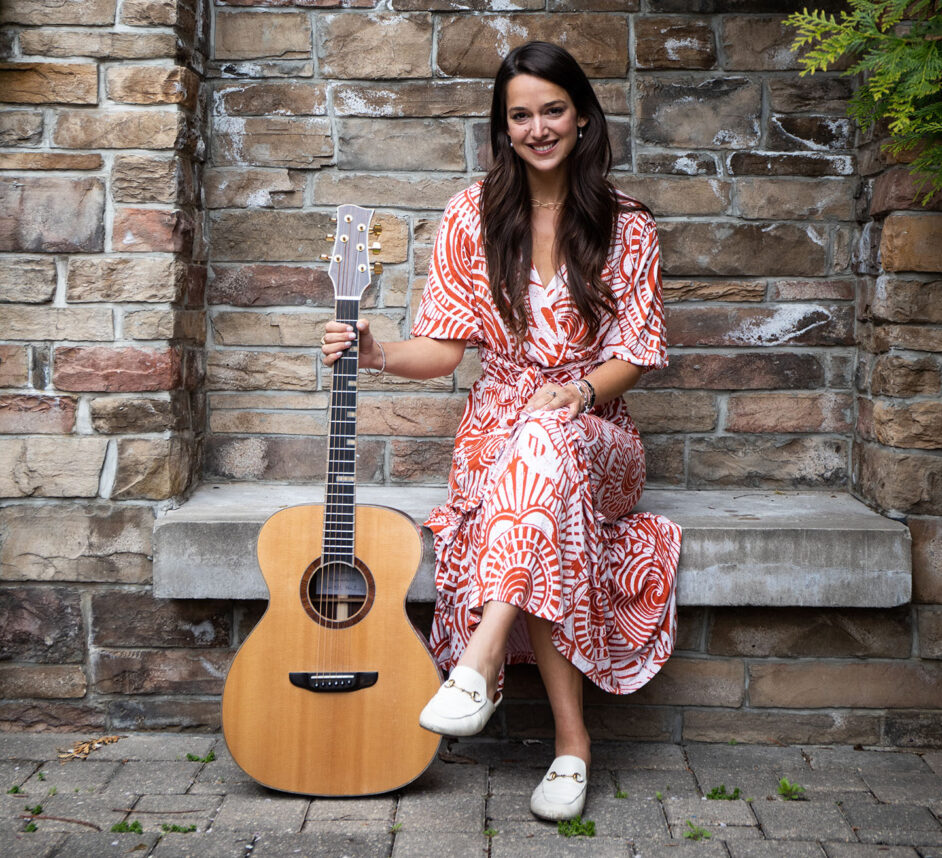

 More news and opinions than at a Shabbat dinner, right in your inbox.
More news and opinions than at a Shabbat dinner, right in your inbox.